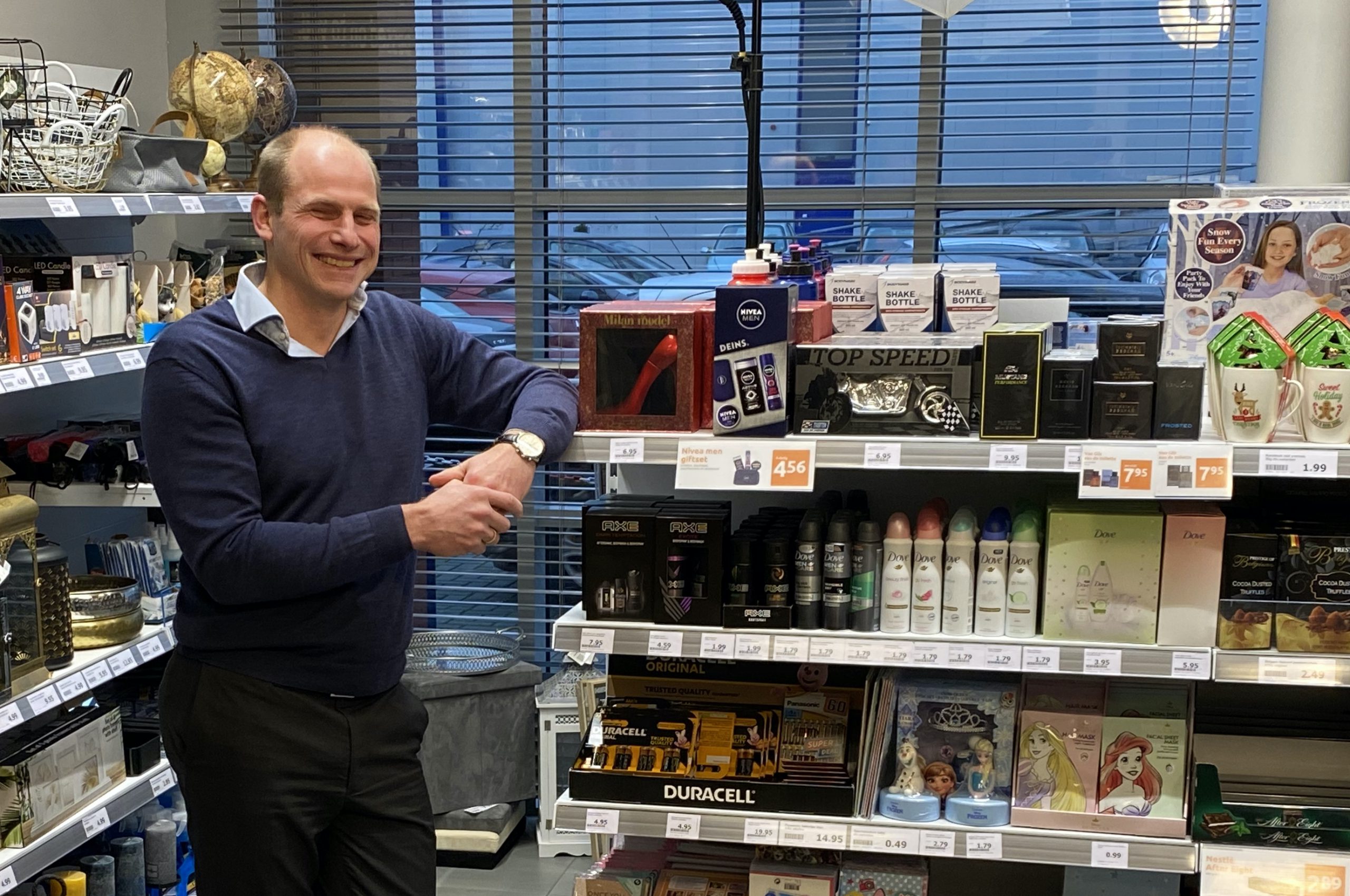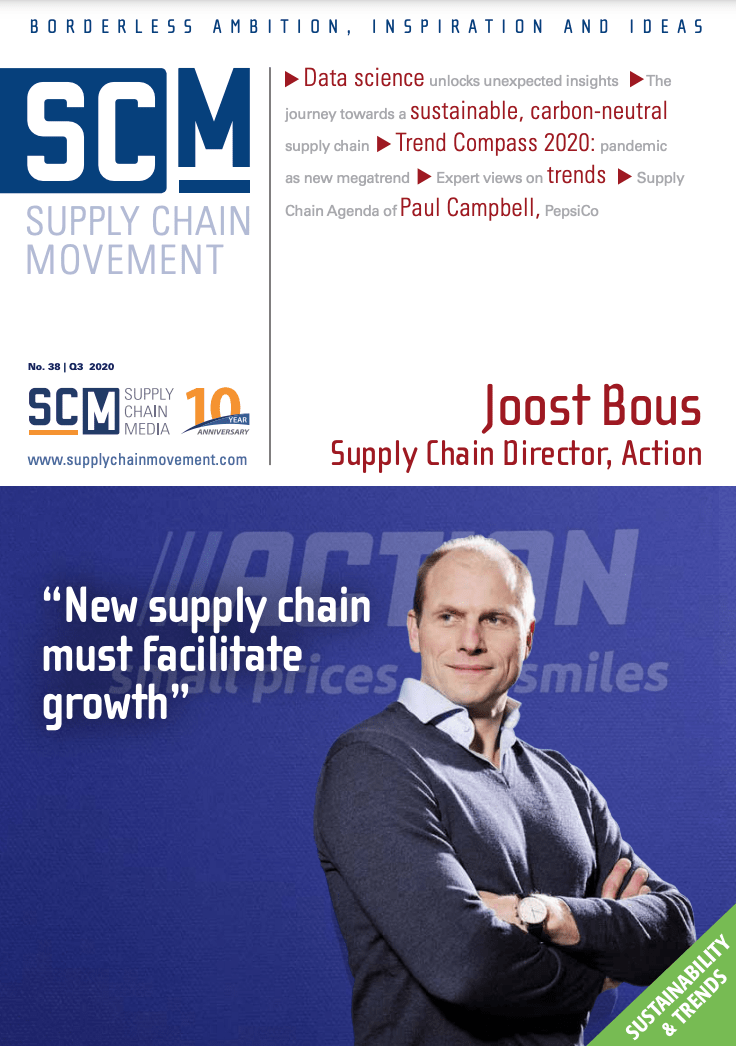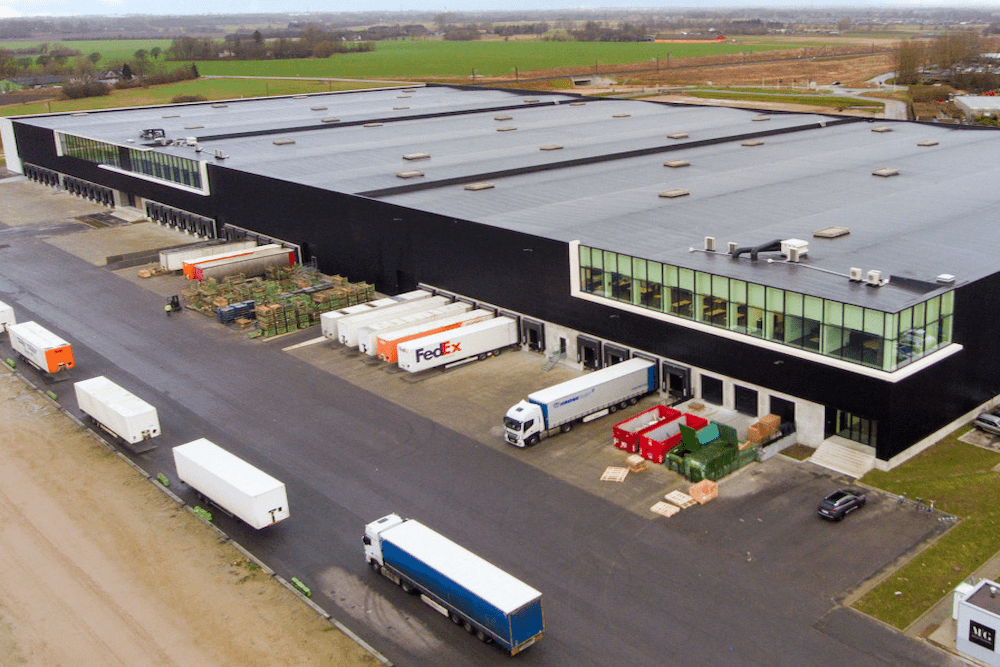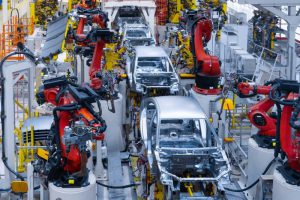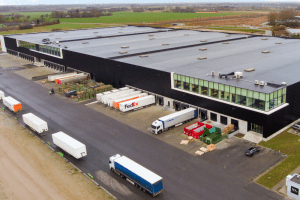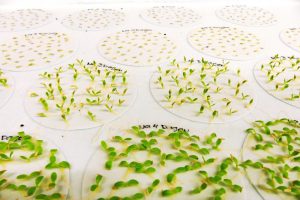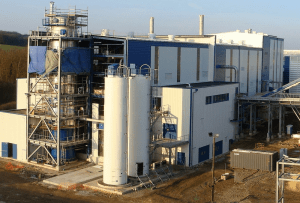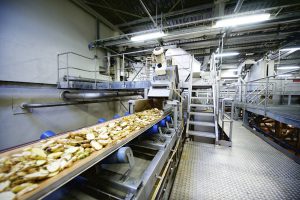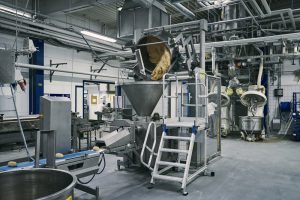Despite lacking both supply chain and retail experience, Joost Bous joined a rapidly growing retail chain that needed to completely overhaul its supply chain. The traditional method of replenishing stores by ordering products from the DC was not only no longer effective, but was actually inhibiting growth. What has he done over the past two years to transform Action’s supply chain from a restricting factor into a business enabler?
Action opened its first store in Enkhuizen, the Netherlands, in 1993. Within ten years, it had grown to more than a hundred Dutch stores and moved into its own new DC in Zwaagdijk. In 2005 it took its first step towards international expansion by open – ing a store in Belgium. Today, the company has more than 1,500 stores across eight countries plus five DCs. Action’s product range spans 14 categories and offers shoppers an ever-changing assort – ment of products. Just 30% of the SKUs are more or less perma – nent; the rest are bulk buys of overstock. “We’re growing at an unprecedented rate,” says Bous. “In every country where we open stores, our approach of good quality at very low prices is an immediate success. A store opening is an amazing sight, with crowds of people waiting outside for the doors to open, and virtually all the shelves are empty by the end of the day. In the years ahead we expect to double our revenue, mainly thanks to strong growth abroad. For a long time the supply chain was focused on ‘today’: replenishing our stores as cost-efficiently as possible. However, to facilitate that rapid growth, it’s become important to look much further ahead. Once, in the past, we were forced to delay a handful of store openings because we couldn’t guarantee on-time replenishment. We don’t want that to happen again.”
Why were you appointed to redesign the supply chain?
“I’ve got a lot of experience in change management programmes. I’ve worked in many different parts of TNT Post Group (TPG) and almost always in some kind of change management role. In addi – tion to setting up start-ups within TPG, I also executed turnarounds at subsidiaries that were struggling. In fact, I’ve never run a stable business; I’ve always been involved in transformations. The Action management team liked that about me, because some drastic changes were necessary here too. The fact that my experience was limited to logistics – I didn’t know much about supply chain man – agement, nor was I familiar with the retail world – was a disadvan – tage, but they regarded my change management experience as more important. Besides that, on a personal level I’m a good fit with the company culture: ‘Don’t just say it, do it’.”
What kind of company was it when you joined in 2017?
“It was a buying-driven organization with a focus on logistics but lit – tle knowledge of supply chain. The model was simple: most prod – ucts were sourced from Asia. They were then shipped to the Neth – erlands by boat and were stored in one of three DCs: two in the Netherlands and one in France. The DCs took care of the transport to the stores. The planning was done by the purchasers in Excel spreadsheets. That model worked fine when we had just one DC. It became more tricky when we opened our second DC in the Neth – erlands (in Echt) in 2015, but we really ran into trouble when our international expansion took off rapidly and we started working with a third-party DC in France in 2016. Until then, Action had never outsourced its DC activities before. People had no idea what that entailed – how should they manage a logistics service provider? As a result, the costs spiralled. We had out-of-stocks in stores for some products, but had too much stock of other SKUs. On top of that, our staff were completely overwhelmed – the situation was far too hectic and we lacked control. In 2017, the management realized that the old tried-and-tested supply chain model was no longer good enough for the future. So they went in search of a supply chain director.” What changes did you make, and how? “I drew up a turnaround plan based on three pillars plus an extra one: 1) Stabilize and fix: set up processes, renegotiate contracts with logis – tics service providers, explore opportunities for automation, improve transport, organize extra capacity and a number of other actions to ensure that the supply chain would run more efficiently and effec – tively. That phase took a year, until summer 2018; 2) Absorb the growth: design a supply chain that could cope with us opening 250 new stores a year; 3) Excellent supply chain vision: develop a vision of how the supply chain would keep pace with our annual revenue growing from 5 bil – lion to 10 billion or more. In other words, what whatever’s necessary to make our model truly scalable. The fourth pillar underpinning all of this is a good team in our oper – ating countries, in order to create a regional structure and avoid hav – ing to manage everything from the Netherlands. To achieve this, I divided the employees into those who are involved in the daily operation and those in the expansion team, who are responsible for setting up the new supply chain model and new DCs. We call that ‘the now’ and ‘the new’. At Action, change used to be seen as something employees did as a side project. That doesn’t work, and especially not in retail where you soon get caught up in the day-to-day chaos. After all, keeping stores well stocked always takes priority over everything else.”
How does your excellent supply chain vision look?
“We’re gradually becoming a multi-layered network. That comprises a limited number of hubs where the goods arrive from our Asian suppliers and where we hold stock, plus a larger number ofsmaller cross-dock centres where we receive goods from European suppli – ers and from the hubs. Those centres don’t hold stock; everything is immediately unloaded, sorted and reloaded for dispatch to the stores in full truck loads. We want to move away from mega DCs with a stock-holding function towards a larger number of cross-dock cen – tres. We might even open a cross-dock centre in Asia in the future so that we don’t have to hold any stock at all in Europe. Another change in the vision is that we will no longer open new stores and expect the supply chain to play catch-up. Instead, we now start with the supply chain: it first has to be completely ready to replenish the new stores before we actually open them. For example, we’ve spent at least a year preparing for our 2020 expansion to the Czech Republic.”
How does your demand & supply planning process look?
“We still use Excel to prepare an integral plan for all stores through – out the whole of Europe. In the past our stock accuracy never used to be so important, but it’s becoming more so as we move towards a multi-layered network. We recently purchased the Symphony Gold retail planning tool and are setting up the software. For demand planning we’re currently implementing Anaplan. When that’s live, we’ll be able to use AI-like forecasting tools to plan demand at store level and SKU level as the basis for the supply planning. That will also give us more insight into demand patterns so that we can plan ahead and make better decisions about our product range, such as which styles should be in which stores? Symphony Gold will then allow us to plan the replenishment: which volumes need to be delivered when in order to meet the demand? Our ultimate aim is automatic store replenishment. Right now, our store managers still have to physically check the on-shelf stock every day to decide what to order. That’s fine if your store managers are experienced, but if you’re continually opening new stores and hiring new store managers who haven’t yet got a feel for the product range, then there will be extreme deviations between the order quantities and what is actually sold – especially because the initial days after an opening are always so hectic and the stores are almost stripped bare.”
What’s your biggest challenge in the years ahead?
“Without a doubt that lies in the huge number of things that are interconnected and happening simultaneously. We’re moving so quickly – other companies take much longer to make the pro – gress we’re achieving in such a short time frame. That’s why we’ve invested heavily in programme management to streamline it all. When I started here, I’d sometimes lie awake at night worrying about a crisis in a particular area of the business, such as during the strikes in France. That doesn’t happen anymore because all the operational issues are now other people’s responsibility. That means that I can focus on the future: what is needed in the supply chain to enable us to double our revenue over the next couple of years?”
The world is changing faster than ever. Which disruptive factors could affect your growth?
“Disruption is occurring everywhere and definitely in retail, but we think that our formula is strong enough to withstand it. In fact, we’re actually a disrupter ourselves. So far, we’ve not noticed any impact on our revenue or growth from the likes of Alibaba. Besides that, we firmly believe that the physical retail channel will never disappear – it’s not a case of bricks and mortar or online, but both. We’re very alert to market changes and also take a very critical view of ourselves: what do we need to improve in order to stay a step ahead of today’s – and tomorrow’s – competitors? And if you look at our growth, it seems we’re doing that very well.”
